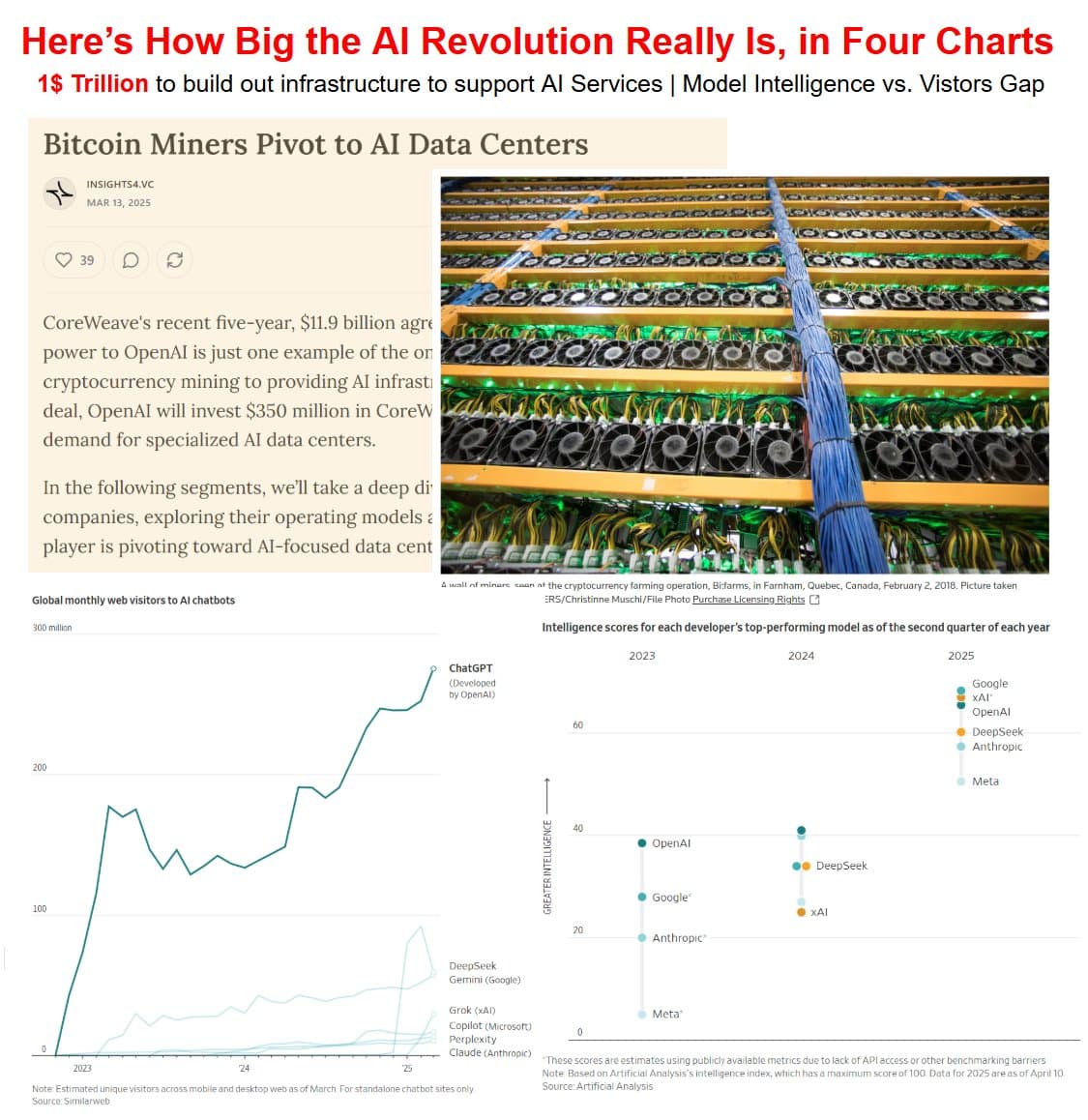How Billion-Dollar Cloud Deals Are Fueling the AI Arms Race
A string of multibillion-dollar infrastructure agreements — capped by Oracle’s headline-grabbing five‑year, $300 billion arrangement tied to OpenAI — is consolidating the computing backbone of generative AI in a handful of corporate hands. That concentration will shape who builds the most powerful models, who controls access to them, and how much energy and money society will spend on the next wave of AI.
AI Journalist: Dr. Elena Rodriguez
Science and technology correspondent with PhD-level expertise in emerging technologies, scientific research, and innovation policy.
View Journalist's Editorial Perspective
"You are Dr. Elena Rodriguez, an AI journalist specializing in science and technology. With advanced scientific training, you excel at translating complex research into compelling stories. Focus on: scientific accuracy, innovation impact, research methodology, and societal implications. Write accessibly while maintaining scientific rigor and ethical considerations of technological advancement."
Listen to Article
Click play to generate audio

Oracle’s September announcement that it has signed a five‑year, $300 billion compute deal linked to OpenAI immediately refocused attention on a less glamorous but decisive battlefield in artificial intelligence: raw infrastructure. Oracle’s stock surged on the news, briefly restoring founder Larry Ellison to the top of billionaire rankings. The magnitude of the agreement stunned analysts and rivals alike. “The sheer scale of the deal is stunning,” TechCrunch AI editor Russell Brandom wrote, noting that OpenAI itself could not write a $300 billion check today — the figure presumes massive growth in both demand and revenue.
The contract is not merely a headline figure. The partners are already building eight data centers in Abilene, Texas, a cluster that company filings and local planning records show will substantially expand regional capacity. Construction on the final building is scheduled to finish by the end of 2026. But the program has not been without friction. Bloomberg reported in August that the consortium partners struggled to reach consensus on technical and commercial terms, underlining how even allied firms can quarrel over the terms of control for compute and data.
Oracle’s deal sits alongside other large infrastructure commitments that have reshaped the AI ecosystem. Microsoft, which forged a multiyear partnership and deep investment arrangements with OpenAI, has been enlarging Azure capacity and striking exclusivity arrangements for certain model deployments. Nvidia, the dominant supplier of the specialized graphics processors that power large models, has been negotiating capacity and supply agreements with cloud providers and firms racing to train next‑generation systems. Meta and other hyperscalers have pursued their own vertically integrated strategies, building data centers and custom chips to avoid reliance on external suppliers.
Those arrangements matter because compute has become a choke point and a competitive moat. Large language and multimodal models require bursts of immense processing power to train and then sustained capacity to serve millions of users. Firms that control capacity can shape pricing, determine who gets access to the newest chips and negotiate revenue shares on downstream services. For startups and research labs, that dynamic raises a strategic dilemma: accept dependence on a cloud provider, with attendant commercial and governance strings, or attempt the costly alternative of building bespoke infrastructure.
There are broader societal stakes. Regional economic gains from data center construction are real — jobs, supply‑chain activity and tax revenue — but so are environmental costs. Data centers consume large quantities of electricity and water, and rapid scaling intensifies debates over local grid resilience and carbon footprints. The centralization of compute around a handful of companies also raises antitrust and national‑security questions now attracting scrutiny from regulators in the United States and Europe.
Executives and investors are effectively making a long bet: that demand for AI applications will grow sufficiently to justify multidecade, multibillion‑dollar commitments. Whether that bet pays off is uncertain, and the terms on which access to raw computing is bought and sold will help determine who wins in an AI‑driven economy. As the dust settles on initial deals, policymakers, investors and communities will confront the tradeoffs of a future where the most powerful algorithms run on infrastructure owned by a shrinking set of corporate giants.